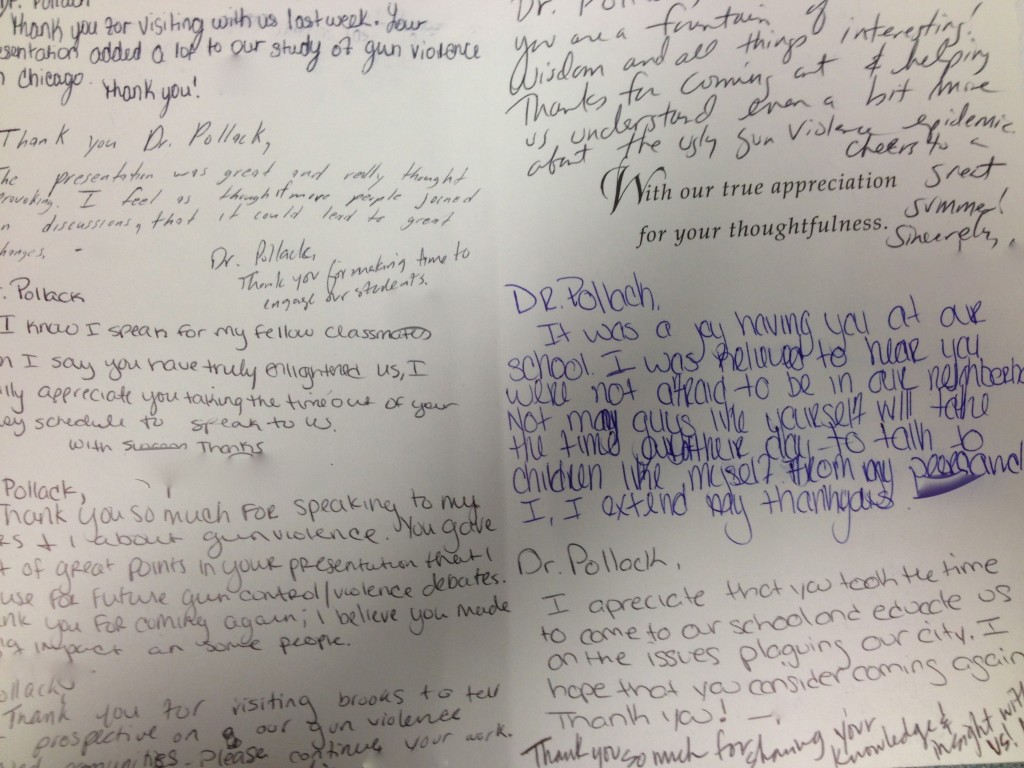There’s not much more to my post than the headline: I’ve just concluded my sixth phone call with BCBS of Illinois (having been hung up on the first five times by an automated phone tree which sends you directly to an automated service-satisfaction survey without first giving you any service to be satisfied about). This means I spent the better-or worse-part of two hours trying to find out why BCBS sent me a bill for my January premium I’d already paid on-line.
I went straight to Blue Cross to buy health insurance because I don’t qualify for a subsidy and didn’t see any reason to grapple with-or burden-healthcare.gov. But every time you hear that payments made on the government Website might not be transferring properly to the insurers, please remember that payments made on the Blue Cross Website suffer from the same disability. And while there’s a live chat on Healthcare.gov which at least connects you to a person who can explain the problem, Blue Cross has made sure to keep its product completely untouched by human hands. I finally got through by calling corporate headquarters and explaining first to the corporate operator and then to local customer service and then finally to national customer service (after local stayed on the line with me for ten minutes to assure that national actually picked up) that a bill dated 12/12 should have included an electronic payment made on 12/2, and that no, the bill and my payment hadn’t “crossed in the mail.” In the words of the great Eric Clapton, “How many times must I explain myself ‘fore I can talk to the boss?” though by “Forever Man” I doubt he meant “man with whom you have to stay on hold forever.”
In short (I know, other people’s customer service nightmares are a bore while one’s own is fascinating), everyone who complains about the f***-ups of Obamacare ought to take a second a remember the last time s/he had to deal with a private insurer. In fact, the worst thing about the Affordable Care Act is that it leaves the insurance companies in the picture, and us to their continued tender mercies.
